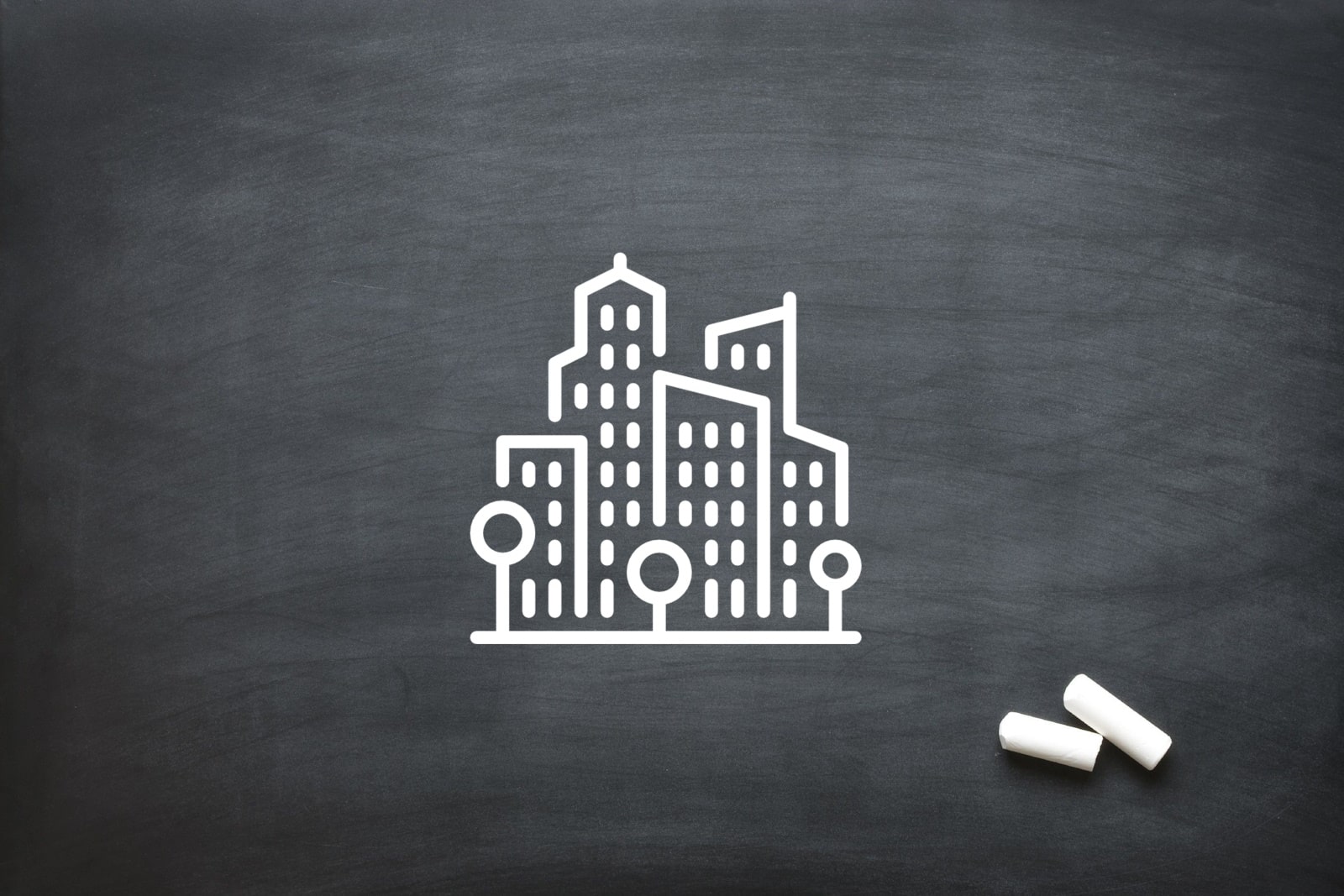
The Artistic Frontier: 3D Animators
3D animators are the architects of virtual reality, meticulously combining technology and artistry. This unique blend enables them to create a wide range of content, from visually striking game scenes to lifelike architectural visualisations. Their work is more than simple illustration; it’s about making the imagined tangible and engaging, and it plays an integral part in many of the digital experiences we encounter daily.
The Dynamic Role of 3D Animators
3D animators excel in translating abstract ideas into vivid visual experiences. Working across a multitude of industries like entertainment, science, and education, they make complex information visually accessible. By synthesising creativity and technology, they not only create beautiful visuals but also connect audiences with concepts in an engaging and meaningful way, enhancing understanding and appreciation.
Sculpting Virtual Worlds
3D animators operate in an expansive digital canvas where possibilities are limitless. Through a blend of design principles and cutting-edge tools, they mould characters and environments that pulse and thrive. This marriage of art and technology transforms static pixels into dynamic visuals, enriching our perception of digital content. The ability to manipulate virtual space allows for endless creativity and innovation.
Breathing Life into Characters
Character creation is at the heart of 3D animation. It’s not just about designing visually appealing figures but infusing them with personality and emotion. By carefully studying human expressions and movement, 3D animators create relatable characters that resonate with the audience. The authentic replication of human-like characteristics makes these characters more engaging, forming emotional connections that endure.
Crafting Environments to Get Lost In
3D animators are also environment artists, constructing detailed and immersive settings. Every tree, building, or cloud is thoughtfully placed to create a cohesive visual narrative. This intricate attention to detail provides an interactive and immersive experience that pulls the viewer into the world they’ve created, enhancing storytelling and overall visual engagement.
The Realism of 3D Animators
The commitment to realism is a driving force in 3D animation. By focusing on the subtleties of light, texture, and motion, animators achieve a visual fidelity that mirrors our physical world. This relentless pursuit of perfection elevates their work, making even the most fantastical creations feel tangible and believable.
Beyond Entertainment: The Reach of 3D Animation
3D animation transcends entertainment, becoming an essential tool for diverse industries. In healthcare, it aids in patient education; in architecture, it offers vivid project visualisations; in education, it makes abstract subjects engaging. These varied applications showcase the adaptability and broad impact of 3D animation, demonstrating how it’s more than just visual entertainment but a powerful communicative tool.
3D Animators at the Pinnacle of Innovation
In the contemporary digital ecosystem, 3D animators stand as beacons of innovation, orchestrating symphonies of pixels and textures that captivate audiences worldwide. Their mastery goes beyond mere visualisation, encompassing an ever-growing repertoire of skills that continually redefine the borders of virtual landscapes. From industry professionals to avid hobbyists, 3D animators are constantly pushing the boundaries, venturing boldly into uncharted territories where art meets technology in a harmonious fusion.
The Interdisciplinary Nexus
3D animation finds its stronghold in an interdisciplinary nexus, where collaborations with experts from various fields are not just common but necessary. Animators often work hand-in-hand with scientists to bring complex theories to life or partner with historians to recreate lost civilisations with pinpoint accuracy. This interdisciplinary approach nurtures a culture of learning and innovation, constantly fueling the growth and evolution of the field. Moreover, this collaborative spirit fosters a rich community where knowledge sharing and collective growth are cherished values.
Mastery in Motion Capture
As technology progresses, so does the sophistication of animation techniques. One such area where 3D animators are making significant strides is in the realm of motion capture. This technique allows for the recording of human movements, which are then translated into digital characters, imparting them with unprecedented levels of realism. Through motion capture, animators can recreate the subtlest nuances of human expression, bringing forth characters who embody emotions in their purest forms.
Architecting Virtual Ecosystems
Going beyond individual characters, 3D animators are increasingly taking on the role of environmental designers, crafting intricate ecosystems that function with a life of their own. These virtual ecosystems are breathtakingly immersive, offering viewers an opportunity to lose themselves in worlds governed by different rules and physics. By focusing on ecosystem dynamics, animators can create environments that respond and adapt to character interactions, offering a truly immersive narrative experience.
3D Animators Holistic Storytelling Approaches
As narrators of the digital age, 3D animators are adapting to holistic storytelling approaches, where every element, from the landscapes to the ambient sounds, is meticulously crafted to convey a cohesive narrative. This comprehensive approach to storytelling allows for deep emotional engagement, where audiences can forge profound connections with the stories unfolding before them.
Revolutionising Education and Training
In the educational sector, 3D animation is playing a pivotal role, revolutionising how concepts are taught and absorbed. By leveraging the power of 3D animation, educators can create compelling visual narratives that enhance comprehension and retention. Similarly, in corporate training environments, animation facilitates the creation of realistic simulations, offering employees hands-on experience in a controlled, virtual setting.
Environmental Advocacy through 3D Animators
In an era of increased environmental consciousness, 3D animators are finding avenues to contribute to sustainability efforts. By creating impactful visuals that portray the beauty and fragility of our planet, animators can influence perceptions and encourage viewers to adopt more environmentally friendly behaviours. These visual campaigns, often paired with compelling narratives, are powerful tools in the global fight against climate change.
Bridging Realms: Augmented Reality Experiences
Looking forward, the integration of 3D animation with augmented reality (AR) is poised to create a seismic shift in how we perceive and interact with the digital world. AR offers a bridge between the real and virtual realms, providing a platform where 3D animations can coexist and interact with physical spaces, enriching our everyday experiences with a layer of digital wonder.
Pioneering in Healthcare
The influence of 3D animation extends deeply into the healthcare sector. Medical professionals are increasingly relying on 3D animations to visualise complex biological processes, aiding in both education and patient care. These animated insights have the power to demystify medical procedures and foster a deeper understanding of human anatomy and healthcare processes.
Scientific Visualisation: Bridging Animation and Science
In the realm of scientific visualisation, 3D animators are becoming pivotal collaborators. Their expertise is instrumental in transforming complex scientific concepts into clear, understandable visual representations. This collaboration is particularly beneficial in fields like molecular biology and environmental science, where visual aids can significantly enhance comprehension and engagement with intricate subjects.
Data Visualisation: Animating Complex Information
The integration of 3D animation in data visualisation is opening new avenues for understanding and interacting with large datasets. Animators are now at the forefront of creating dynamic, three-dimensional models that offer intuitive insights into complex data patterns. This application is proving invaluable in sectors such as finance, logistics, and urban planning.
Interactive Marketing: Revolutionising Brand Engagement
3D animation is increasingly being utilised in the field of marketing, offering innovative ways to engage customers. Through interactive and visually captivating campaigns, brands are able to create immersive experiences that resonate more profoundly with their audience. This application is transforming traditional advertising, allowing companies to showcase their products and services in dynamic and memorable ways.
3D Animators and Architectural Visualisation
Another growing application of 3D animation lies in architectural visualisation. Animators are collaborating with architects and developers to create detailed, lifelike representations of architectural projects. These visualisations are crucial for both the design process and client presentations, offering a realistic preview of architectural concepts before they are built. This collaboration is enhancing the way architectural projects are planned, communicated, and marketed.

Future Avenues for 3D Animators
The future of 3D animation is vast, driven by advancements in virtual and augmented reality. These emerging fields offer a new canvas for animators to experiment, innovate, and explore. With the ability to blur the lines between reality and imagination, the role of 3D animators is set to become even more integral in the evolving digital landscape, promising exciting new directions.
The world of 3D animators is a dynamic blend of creativity, technology, and constant innovation. It’s a field that continually expands and adapts, breaking boundaries and exploring new horizons. From the meticulous design of characters to the crafting of whole environments, the work of 3D animators brings stories to life, communicates complex ideas, and enriches our visual experiences. Their ongoing commitment to excellence ensures that the field remains vibrant, relevant, and full of potential, marking 3D animation as an essential and ever-evolving artistic discipline.
The Evolution of Tools and Software
3D animation is highly reliant on the tools and software that animators use. Over the years, the evolution of these platforms has been remarkable, providing animators with increased sophistication and precision. Earlier, animators relied on rudimentary tools, which often limited their creative expression. However, with the development of software like Blender, Maya, and Cinema 4D, the horizons of what is possible have expanded greatly. These tools offer a suite of features from sculpting to rendering, giving animators unparalleled control over their creations.
The Ethical Implications of Realism
With the growing capabilities of 3D animators comes an important ethical consideration. As virtual characters and environments become indistinguishable from reality, animators face challenges related to representation and authenticity. There are concerns about creating ultra-realistic human figures, potentially without consent, or crafting scenarios that could be misleading or misrepresentative. As the line between virtual and real blurs, discussions about ethical boundaries become imperative in the animation community.
Collaboration with AI and Machine Learning
The age of artificial intelligence (AI) and machine learning promises to reshape the 3D animation landscape. These technologies offer potential shortcuts in the animation process, from auto-generating landscapes to predicting and replicating human movement patterns. While this can expedite workflows, it also brings forth questions about originality and the role of the human animator. How much of the process can be automated before it loses its artistic touch? And how can animators incorporate AI without compromising the soul of their work?
Challenges in Staying Updated
The rapid pace of technological advancement means that 3D animators must continually upskill and adapt. Learning new software, integrating emerging techniques, and understanding the nuances of newer hardware can be a challenge. Continuous professional development becomes essential. Many animators now engage in lifelong learning, attending workshops, webinars, and online courses to stay at the forefront of the field.
3D Animation in Virtual Reality (VR) Gaming
Virtual Reality (VR) presents a new frontier for 3D animators. VR games demand a different level of immersion and realism. Animators now have to consider a 360-degree environment where players can look and interact in any direction. This presents both challenges and opportunities in narrative pacing, visual cues, and ensuring consistent engagement throughout the VR experience.
Sustainability in Animation
As digital technology consumption increases, the environmental footprint of data centres, servers, and electronic devices becomes a concern. 3D animators and production houses are now considering sustainable practices, from reducing energy consumption during rendering processes to using eco-friendly hardware. The focus on green animation practices is slowly but steadily gaining traction.
The Role of 3D Animation in Social Narratives
Beyond entertainment and commercial applications, 3D animation plays a crucial role in shaping social narratives. Animators are collaborating with activists, NGOs, and communities to raise awareness about global issues, from social justice to humanitarian crises. These animated stories, often shared on social media, have the power to influence public opinion and drive change.
The realm of 3D animation is boundless, with potential limited only by imagination. The convergence of art, technology, ethics, and innovation shapes the trajectory of this discipline. As 3D animators continue to push boundaries, they carry the torch of storytelling into the digital age, forging connections and evoking emotions in ways previously unimagined. Their journey, marked by challenges and triumphs, paints a promising picture for the future of digital artistry.

The Future of 3D Animation: A Glimpse into Tomorrow
As we look to the future of 3D animation, several emerging trends and technologies promise to revolutionise the field even further. Innovations such as artificial intelligence (AI) and virtual reality (VR) are set to expand the creative horizons for animators, opening doors to new ways of storytelling and content creation.
AI and Machine Learning Enhancements
One of the most exciting frontiers in 3D animation is the integration of AI and machine learning. These technologies are beginning to assist animators in refining motion capture data, predicting physical interactions within animations, and even generating realistic facial expressions. AI algorithms can analyse vast datasets of human movement and expressions to suggest improvements or create entirely new animations that blend seamlessly with the work of human animators. This collaboration between human creativity and machine efficiency could significantly reduce production times and open up the possibility for real-time animation adjustments.
Immersive Virtual Reality Experiences
Virtual reality is another domain where 3D animators are set to make substantial impacts. As VR technology becomes more sophisticated, animators are not just creating content for audiences to watch, but worlds for them to step into. This requires a different storytelling approach, one where the narrative is not linear but contingent upon the viewer’s actions. Animators will become world-builders in a more literal sense, creating environments that are not only visually compelling but also interactive and responsive to the user’s presence and choices.
Environmental Storytelling and Education
Beyond entertainment, 3D animation is increasingly being used for environmental storytelling, which can play a pivotal role in education and raising awareness about global issues such as climate change. By creating immersive and emotionally engaging representations of environmental challenges, 3D animators can make abstract or distant problems feel more immediate and real, thereby inspiring action and empathy in a way that other forms of communication cannot.
The future of 3D animation is not merely an extension of current practices but a vast field ripe with potential for technological convergence and creative exploration. As the tools and platforms evolve, so too will the role of the 3D animator, from a creator of content to a facilitator of immersive and interactive experiences that transcend traditional media boundaries.

Looking for an Animation company? We have over a decade of experience. Get in touch with our team today!
We are a leading video production company in Johannesburg and have one of the top learner management systems in South Africa. We specialise in Video Production, Photography, Graphic Design, eLearning Development, Web Design, Animation and Creative Consultation. | info@oliverkarstel.co.za | www.oliverkarstel.co.za | IG.com/oliverkarstel






